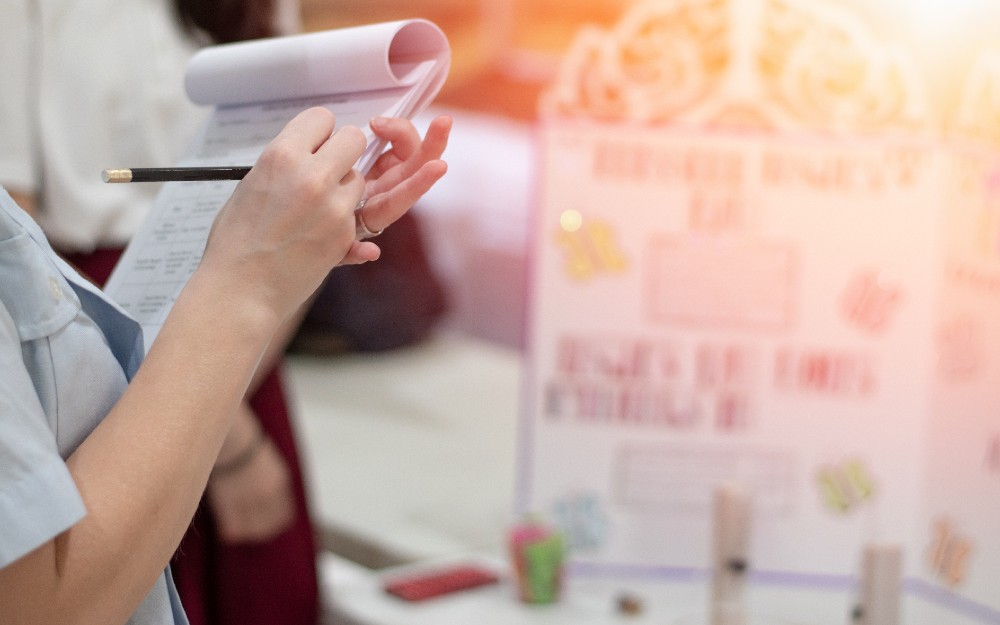Module 3: Lesson 3
Through this lesson, students take what they learned from other Expedition Biscayne Bay lessons and create their own science fair project pertaining to the bay or a nearby body of water. This lesson can be used to create science fair projects or to get students thinking about the process scientists take to begin a research project that is relevant, unique, creative, logical and sound.

Lesson Plan
Essential Question: How can you use your science fair project to define a problem in your local environment and follow the tasks necessary to create and carry out scientific investigations and reach a valid conclusion that can be defended?
Objectives: By the end of this lesson, students will be able to:
- Define a problem from the 6th-8th grade curriculum; use appropriate reference materials to support scientific understanding; plan and carry out scientific investigation of various types, such as systematic observations or experiments; identify variables; collect and organize data; interpret data in charts, tables and graphics; analyze information, make predictions and defend conclusions
- Recognize the role of creativity in constructing scientific questions, methods and explanations
- Explain how scientific knowledge and reasoning provide an empirically based perspective to inform society's decision-making
Create Connections
Ready for more? We offer many ways to engage with our research.
Standards-aligned programs create a more immersive experience for your students and enhance the learning outcomes of Mission Inspire.
Our professional development camp guides educators in making curricula that connect students with real university research.
Free activities and resources connect learners everywhere with experts from the nation's fourth-largest public research university.